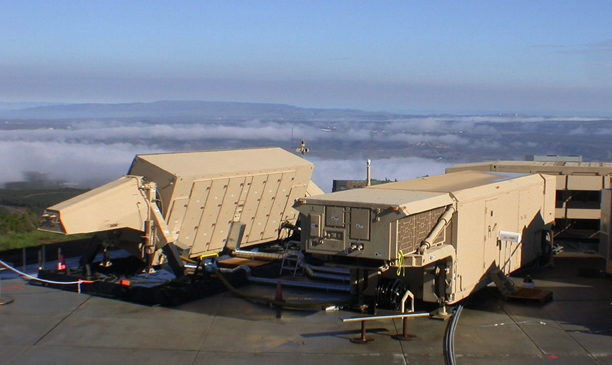 |
| AN-TPY-2 radar (Image: Wiki Commons) |
BEIJING, July 29 (Xinhua) -- The United States will deploy its THAAD anti-missile system in South Korea, claiming that the shield can deter threats from the Democratic People's Republic of Korea. But don't be fooled. The superpower isn't acting in the interest of South Korea but has intent on serving its own agenda.
About two weeks ago, South Korea's defense ministry announced an agreement with the United States to place a battery of the THAAD (Terminal High Altitude Area Defense) system in its southern region, despite repeated opposition from local residents and neighboring countries.
THAAD is developed by the U.S. defense company Lockheed Martin. It is a U.S. Army anti-ballistic missile system designed to shoot down short and medium range ballistic missiles in their terminal phase. It is composed of six mobile launchers, 48 interceptors and a radar and fire control system valued at about 1.3 billion U.S. dollars.
Under the South Korean-U.S. deal, the THAAD battery will be operated by the U.S. Forces Korea and the radar operation will not be made transparent.
China and Russia have expressed strong opposition to the THAAD deployment as its X-band radar can spot Chinese and Russian territories far beyond the Democratic People's Republic of Korea (DPRK).
The AN/TPY-2 early missile warning radar can detect a 600-800 km range with a terminal mode, which South Korea plans to adopt, but it can be converted at any time, and within a day, into a forward-based mode that ranges as far as 2,000 km because the two versions have the same hardware.
Read the full story at Xinhua
